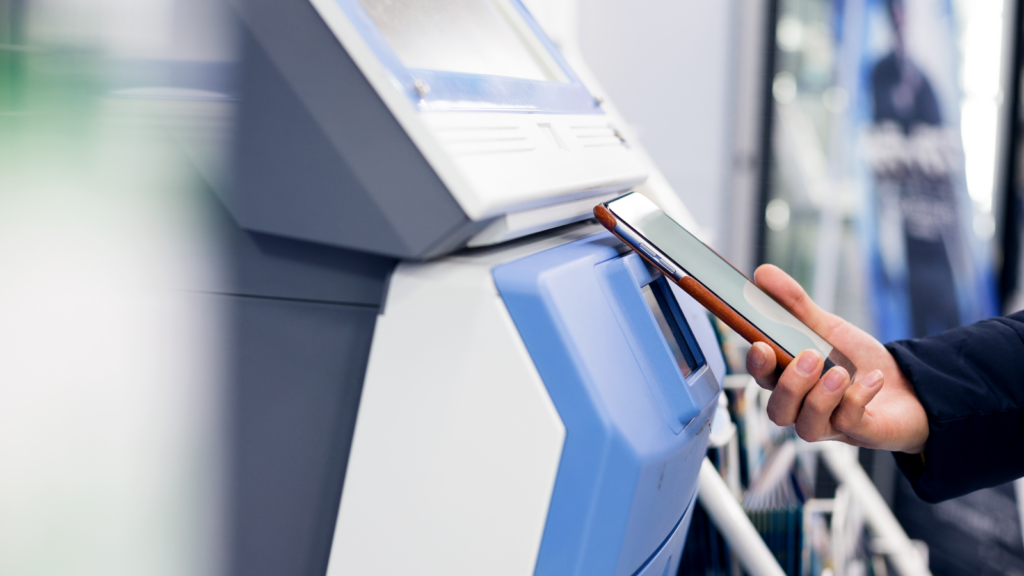Encourage and empower your partners to sell your organization’s products or services effectively — here’s how to establish a seamless, efficient partner experience program.
Successful organizations in any industry know about customer experience (CX), employee experience (EX), and digital experience (DX). But there’s another area within experience management on the rise you need to know about: partner experience.
In an increasingly globalized world, providing a seamless and efficient experience to your channel, technology, and servicing partners is a significant differentiator.
Let’s examine what partner experience is and why it’s important in today’s business environment — in addition, we’ll discuss recommendations for you to plan, design, implement, and optimize a partner experience program and deliver mutually beneficial business outcomes for your organization and partners.
What is Partner Experience, Anyway? Why It’s Important to Your Business (& Not Only Partners)
Partner experience is a measure of a company’s ability to create, develop, and expand long-term partner and channel relationships.
A well-designed partner experience program helps you understand the health of your partnerships, encourages and enables partner centricity within your organization, and ultimately accelerates pipeline opportunities for all parties involved.
In today’s rapidly evolving business environment, customer experience is not always directly defined by you but often by external organizations you partner with. Michelle Beeson, a Senior Analyst at Forrester, offered this explanation on the topic:
“Whether it’s logistics partners supporting a retailer’s delivery experience, insurance companies relying on sales via brokers, or consumer-facing brands relying on retail partners to sell their products, an organization’s end-to-end customer experience (CX) often relies on external business partners.”
In such a scenario, your customer or client’s experience with your product is heavily influenced by their experience with the partner involved in the process, which heavily depends on the partner’s experience with your organization. As a result, designing an efficient, measurable, and scalable partner experience program should be seen as a “step zero” for any partner-led program.
How to Operationalize Partner Experience: The Steps to Create a Program
Keep it simple, especially when you’re just starting off. Remember that partner experience — just like CX and EX — is not just a number or a dashboard or a metric that is to be “chased.” Partner experience unlocks an opportunity to influence process and culture change within your organization.
Let’s walk through the key steps you can take as you move ahead to operationalize partner experience and create a partner experience program.
1. Plan
First, plan for the 5 Ws — Who, What, When, Where, and Why. This allows you to understand the need and purpose for creating a partner experience program.
Ask yourself the following questions to have absolute clarity:
- Who are the participants in this program from the partner and organization’s side?
- What are the aspects of the partner experience program that you’d like to receive feedback on?
- When along the partner’s journey do we want to collect feedback? Is there a key touchpoint, multiple touchpoints, or the overall relationship to view?
- Where within our organization would we drive impact and change while closing the outer loop?
- Why do we want to establish a partner experience program in the first place?
A key component of setting out to create this plan is to journey map a partner’s experience, which can then be used as a guide and anchor throughout your planning process.
2. Design
While designing your partner experience program, start with the outcome of your planning stage to begin identifying the key contributors and drivers that impact your partner’s journey. This should always be done in the context of the journey touchpoint that you are trying to learn more about. For example, the factors that are most critical for a partner in the onboarding stage could be vastly different from those that make or break a sales cycle that your partner might be running.
Completing this part of the design step will start giving you an idea of the types of signals you want to capture and how to collect them. From here, start formalizing other key aspects of your program’s design, such as completing a personas exercise, setting up sampling rules, designing an alerts workflow, and defining your outer loop process.
3. Implement & Optimize
Now comes the fun part — with your partner journey map completed and a program design ready, you can continue on to the actual iterative implementation of your partner experience program.
Like any strong implementation, lean into adopting an iterative approach that allows for adequate time and resources for testing for quality prior to launch. This is where you can see actual feedback from your partner ecosystem start to flow in, and your sales and alliances team members read, respond to, and analyze that feedback.
It’s also important to make sure that a culture of continuous improvement is established, which encourages and empowers team members not just to receive feedback and respond to it but also to ideate on and execute initiatives inspired by that feedback. Ideas can be crowdsourced, too, so everyone has a voice.
5 Tips & Reminders for Establishing a Partner Experience Program
As you develop your partner experience program, here are a few tips and reminders to return to:
1. Partner experience measures your ability to identify, develop, and expand mutually beneficial partner relationships
2. A large component of customer experience as an organization is actually influenced heavily by your partner’s experience
3. Start with mapping out your partner’s journey as a north star as you begin implementing a partner experience program
4. A well-designed partner experience program identifies key drivers across various touchpoints and also has well-defined personas of participants
5. Adopting an iterative approach to establishing your partner experience program allows you to create a culture of continuous improvement
There you have it: a customized, scalable, relevant, and efficient partner experience program. Encourage and empower your organization to be involved in making your partners successful — in turn, this increases your products or services’ reach and impact with clients.
Looking to discover even more about establishing a partner experience program? Schedule a demo with Medallia to get started.







